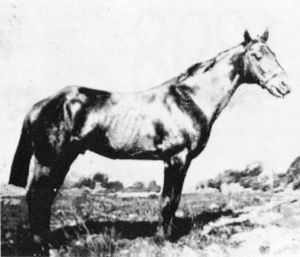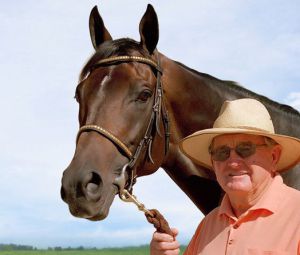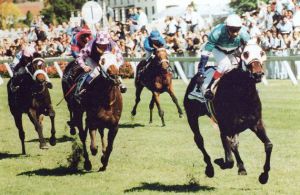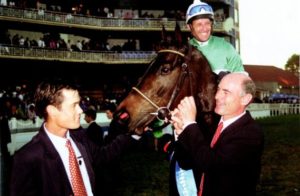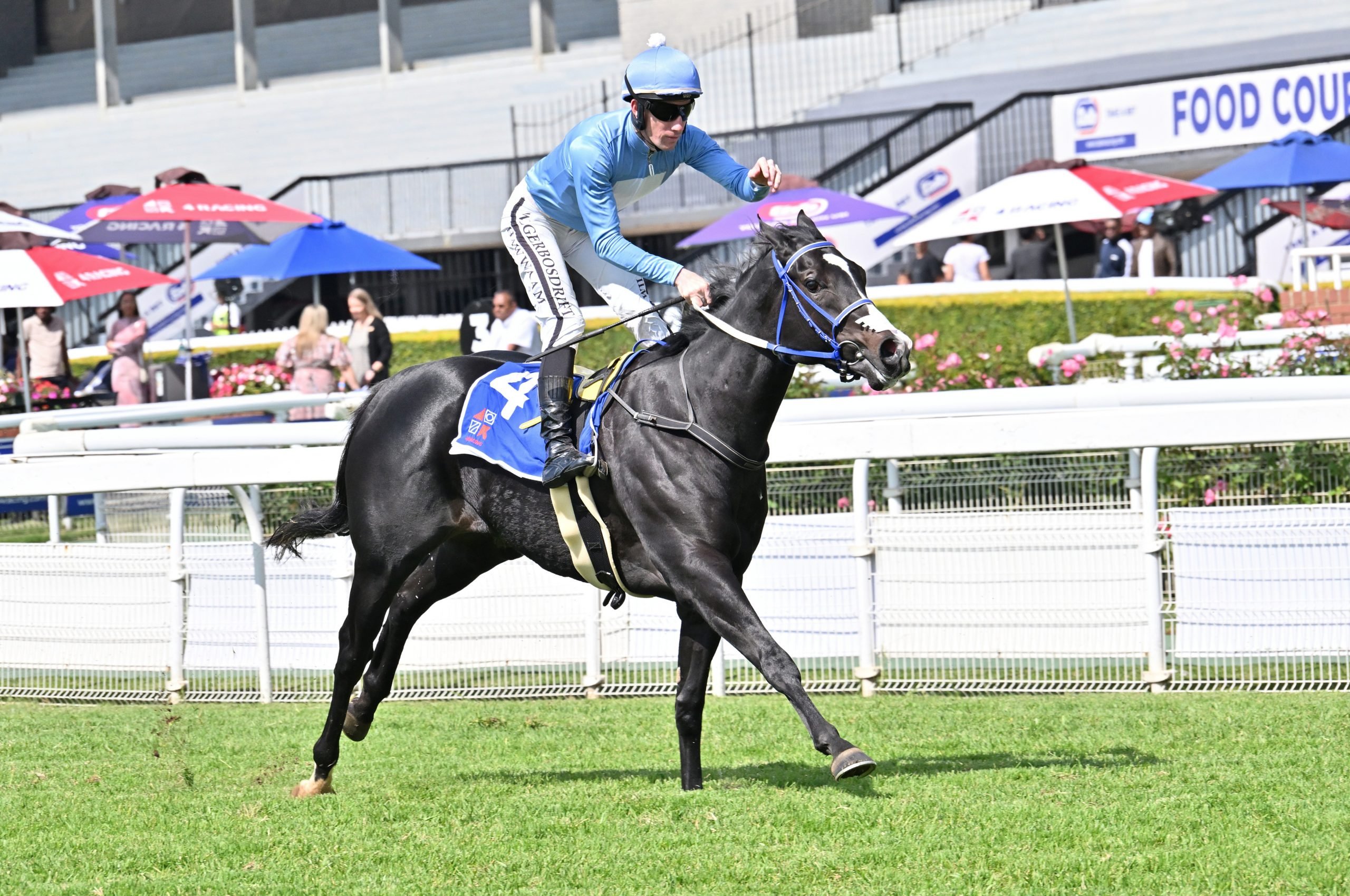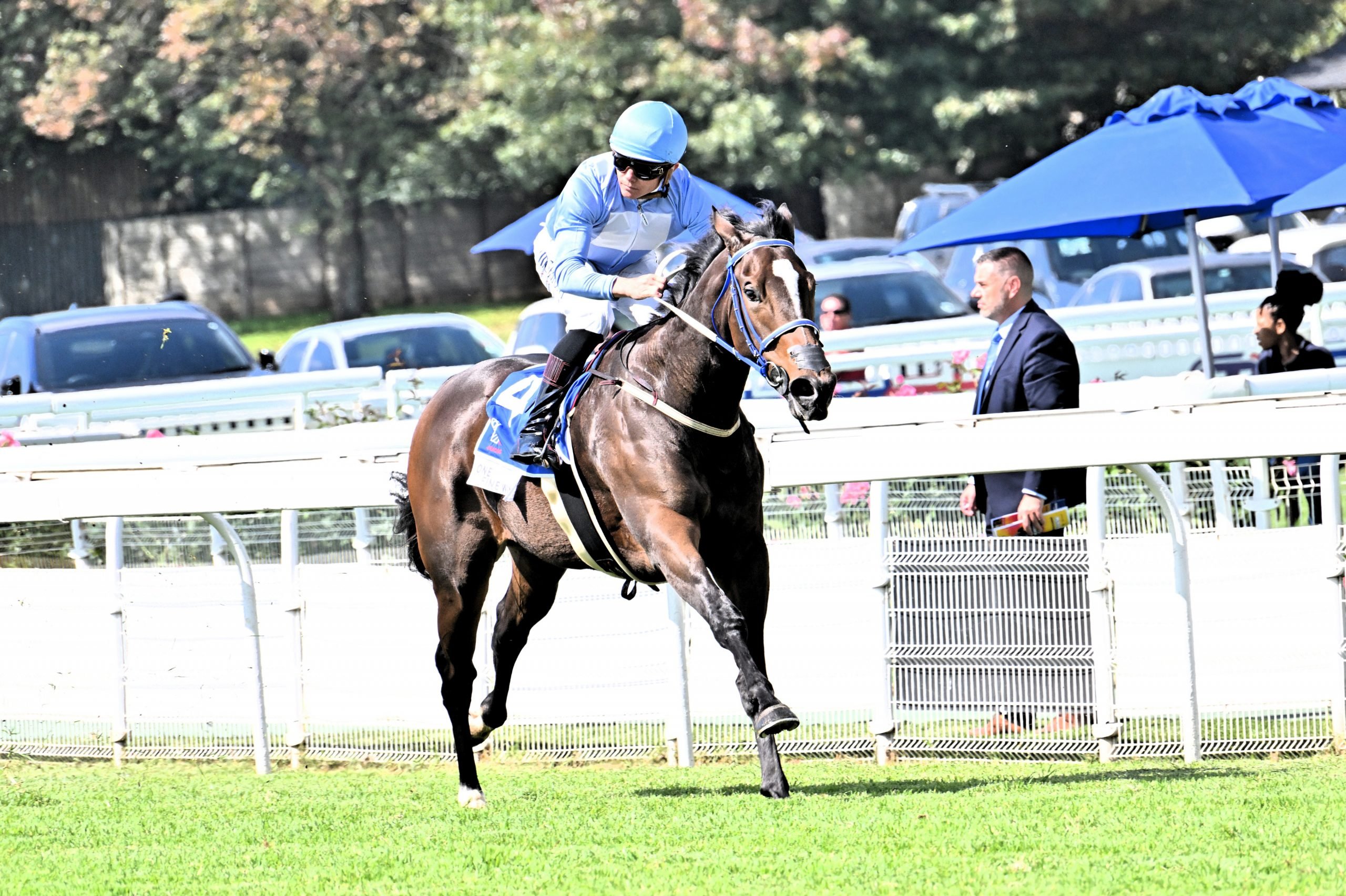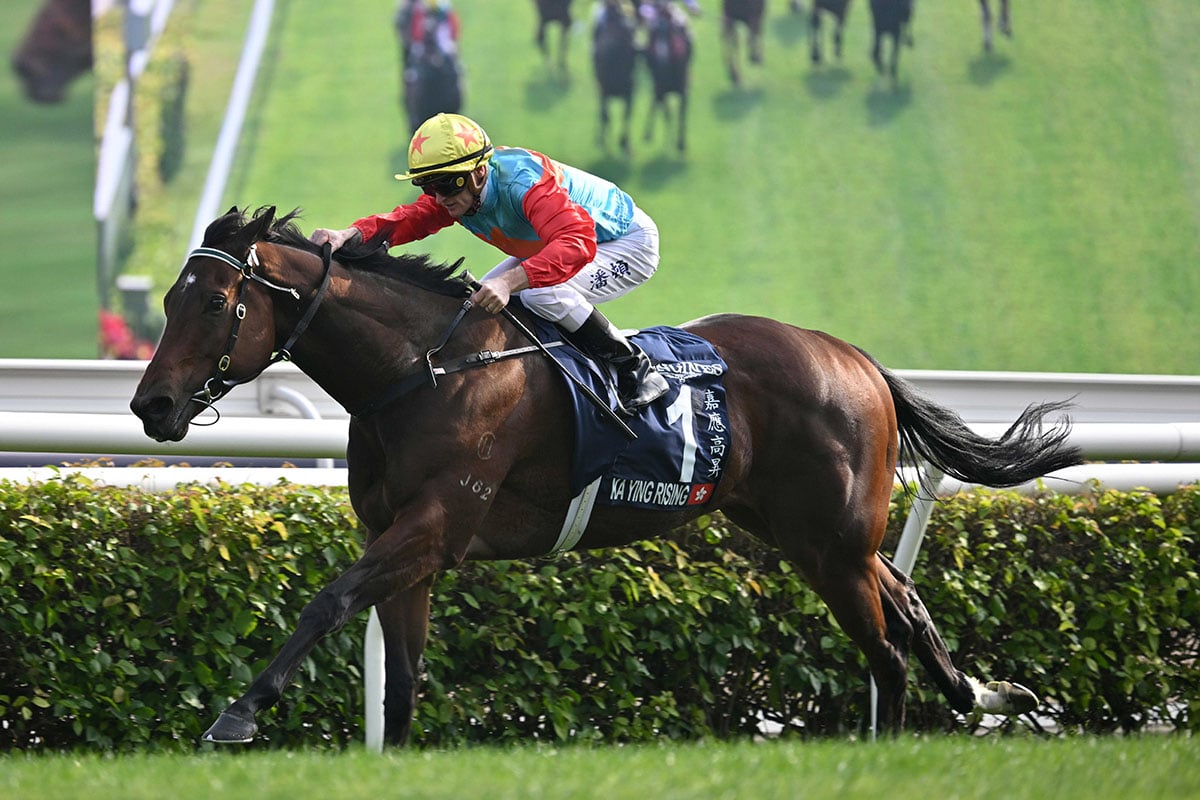They’re an expression that reads “gypsy gold does not clink and glitter. It gleams in the sun and neighs in the dark.” If you know where to look, it seems there’s still a lot of Inca gold to be found on the Argentine pampas.
This year will be the 118th running of the Durban July. In its long history, the race has been won consecutively by the same horse on four occasions. The very first time was in the first two runnings of the race, which were both won by Campanajo in 1897 and 1898. The 2200m race usually held earlier on the July card has often been named the Campanajo after the inaugural winner, but this bit of tradition has been scrapped with the race billed as the Gr3 TabGold 2200 this year. Ah well, out with the old…
July Doubles
Other horses to win a July double are Corriecrian who won it in 1907 and 1908, Pamphlet won it with a little break inbetween in 1918 and 1920, Milesia Pride won back to back races in 1949 and 1950 and El Picha also ran a double in 1999 and 2000.
El Picha is still alive and well and retired in Geoff Woodruff’s back garden and as our only surviving July double, I thought it would be fun to celebrate him this week.
Sometimes the horse finds you
On a recommendation from Sheila Southey, Terrance Millard booked his first visit to Argentina in the mid 1970’s to take a look at a colt. Shortly before setting off, French trainer Maurice Zilber paid him a visit and on hearing of his travel plans, furnished him with the contact details of Alejandro Lilienfeld. Millard slid the number in his wallet and forgot about it. On arrival in Buenos Aires, the Millard party were having difficulty getting in touch with the stud farm they wanted to visit. There were no such things as cell phones in those days and even land lines were pretty scarce. Millard remembered the scrap of paper in his wallet and dialled the number. Alejandro Lilienfeld was an accomplished breeder, owner and bloodstock agent and their relationship would span many years and produce some of Millard’s most successful horses.
Millard explains that the TBA had imposed prohibitive restrictions on the horses that were allowed to be imported from Argentina. “It was incredibly strict, and getting a permit for a colt was like having a winning lottery ticket. It was tough as it made good horses very hard to find, but it also taught me how to buy good horses.” Dandy Sun and Sandunguera (1978 Paddock Stakes winner) were part of the first consignment of horses purchased and of Millard’s career total of 117 Grade 1 wins, nearly half were won by Argentinian breds.
Exceptional eye
Although Terrance Millard retired at the end of the 1991 season, he still had the prodigious energy and work ethic that had kept him at the top of his game for so many years and he continued to conduct buying trips to Argentina for his son Tony and his son-in-law, Geoff Woodruff.
On a buying trip in 1995, Millard explains that Lilienfeld had arranged for a group of yearlings from a remote farm to be brought to San Isidro racetrack overnight for them to view. The visitors arrived late and had to view the horses under artificial light. It was a poor, underdone group and Millard remembers thinking “I hope we see a few better than this over the next few days.” However, there was a black colt that caught his eye. “I liked the way he was made and he was from a good female line, but he was small, so I put him to the back of my mind.” They completed their trip and their purchases and headed back to South Africa.
A few weeks later, Millard received a phone call from shipping agent Brian Roux, explaining that there was a vacant jet stall. As Millard and his clients would be charged the same price whether they filled it or not, Roux asked whether they perhaps wanted to fill the load. Millard rang Lilienfeld. “Remember that little black colt we saw on our first night? Won’t you see if you can buy him for me?”. “How much?” Millard hesitated, “No more than $20,000.” The following day Lilienfeld rang back. “I got him. But I only had to pay $15,000. Tell you what, I won’t even charge you commission on this one.”
Not entirely sure what to do with his ‘surprise package’, Millard rang up his old friend Abe Swersky and offered him a third share in his cheap horse. Seeing as the whole business was Brian’s fault, he then made Brian a third owner and kept the last third for himself.
Early promise
Geoff and Carol Woodruff were still based in Cape Town at the time and training at their Montana Farm just outside Milnerton. When El Picha came out of quarantine, he went into training with them as a 2yo. Geoff chuckles as he says “It was the most unbelievable bit of buying by Terrance Millard I’ve ever seen in my life. Out of that consignment of 9, almost all of them were great horses. My office window looked directly out on the track and I remember watching that juvenile group going out over the sand track with the third string one morning. That single consignment included Resfa, Logetta, El Picha, Igreja, Lovely Halo and a lovely horse called Piangere that won 2 from 3 before pulling a tendon. El Picha gave this huge buck – I don’t know how his rider stayed on – and then he took off with the poor bloke. I turned around and said to Carol ‘That little guy is going to be a star’”.
“He placed in his first three outings and he wasn’t even trying for the first two. He was getting a little coltish, so we gelded him and then he won 4 in a row. He won at Durbanville, he won over the Kenilworth old track and the Kenilworth new track. It didn’t matter where he raced. “
Bloodcount
“He was unplaced in the Met and we were desperately disappointed, but I was battling to get a decent blood count. As a gelding he wasn’t anywhere with his blood count and was around the low middle 12’s which is awful. So I suggested to Terrance ‘let’s take him to Joburg and give him a couple of runs at altitude and see if we could build his blood count that way. He finished 2nd in the Jubilee and 5th in the Administrators and we got his haemoglobin up into the mid 14’s. Back in Durban, I had him a little underdone for the Greyville 1900 and he ran a close up 3rd by 0.75 length. That’s when I knew the July was a real possibility. We worked like crazy to keep him well and keep him going. Robbie Hill rode him in the gallops and he said to me one morning in that nasal accent ‘Guvvie if I was confident before, now I’m sure.’ I was very nervous – he had 53 kgs and was 14/1 going into the race. He put up a fantastic July gallop and really he just did the rest because the race didn’t go for us at all. We were trapped 4 wide, three quarters of the way back and the rest was just Robbie’s experience at Grevyille. He looped around them at about the 300m. I was with Abe Swersky in Des Scott’s box and I said ‘Mr Swersky, I think we’re going to win this!’ It was incredible. I had knees like jelly. I just didn’t know what to think. I still have no idea how I got downstairs to the winner’s enclosure.”
“The following season, he won the Summer Cup. That we really did try hard to set him up for and that was a plan that went beautifully and the race went as ordered. Then we finished second in the Met. Till today, Robbie Hill says I cost him the race with my instructions. He may well be right. Ordinarily we would have run him from off the pace, but Terrance was always a keen protagonist of not getting too many horses in front of you as you just get caught in traffic. As it happened, the field parted like the red sea and we got grabbed on the line by Badger’s Coast. We got beaten a neck. It was an absolute tragedy.”
“Back to Joburg and he put in an indifferent race in the Horse Chestnut – clearly one of those runs back. Then we won the Jubilee as his prep and he came out and won the July again with 58kgs giving away weight all round. Marcus sat just behind front runner, Fort Defiance, swinging into a lead coming into the straight. He was 3 lengths clear with 200m to go and Young Rake was closing like anything. It took quite a long time for the judges to separate them. Finally they announced we’d won by a short head. If it could be possible, I think that second July win was even better than the first.”
Retirement
“He ran 4th in the 2001 J&B Met and collected a lot more stake money, but after the 2002 July he was sore and had a bit of a suspensory. He just wasn’t himself and we said enough’s enough and let him retire gracefully. He was the highest stakes winner in South Africa at the time he retired. It got surpassed when the stakes went up, of course, but he was a wonderful horse.”
“Once he retired, we thought he would make a nice hack and Carol took him to a couple of shows, but he was absolutely useless. He didn’t want to be a jumper or a dressage horse, so we decided he could just pig out and chill out for the rest of his life. He now lives with us at Randjes and he has a retired pony friend called Andy and the two of them eat grass and lie out in the sun all day. He sometimes comes and grazes on the front lawn. He’s just a person and another member of the family, really. He’s 18 years old now, but behaves like he’s two. He’s healthy as can be and I think he’ll probably live to be 40, but it’s just a pleasure to look after him. I owe him much more than he owes me.”


